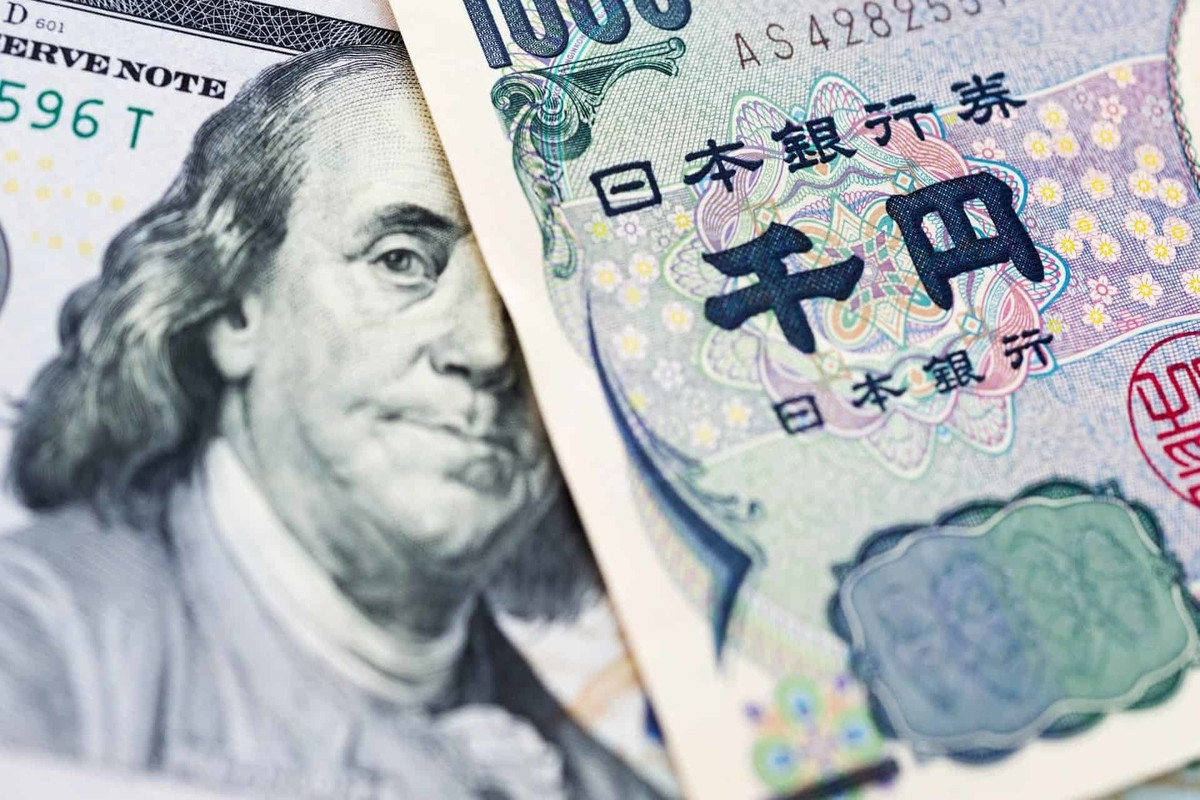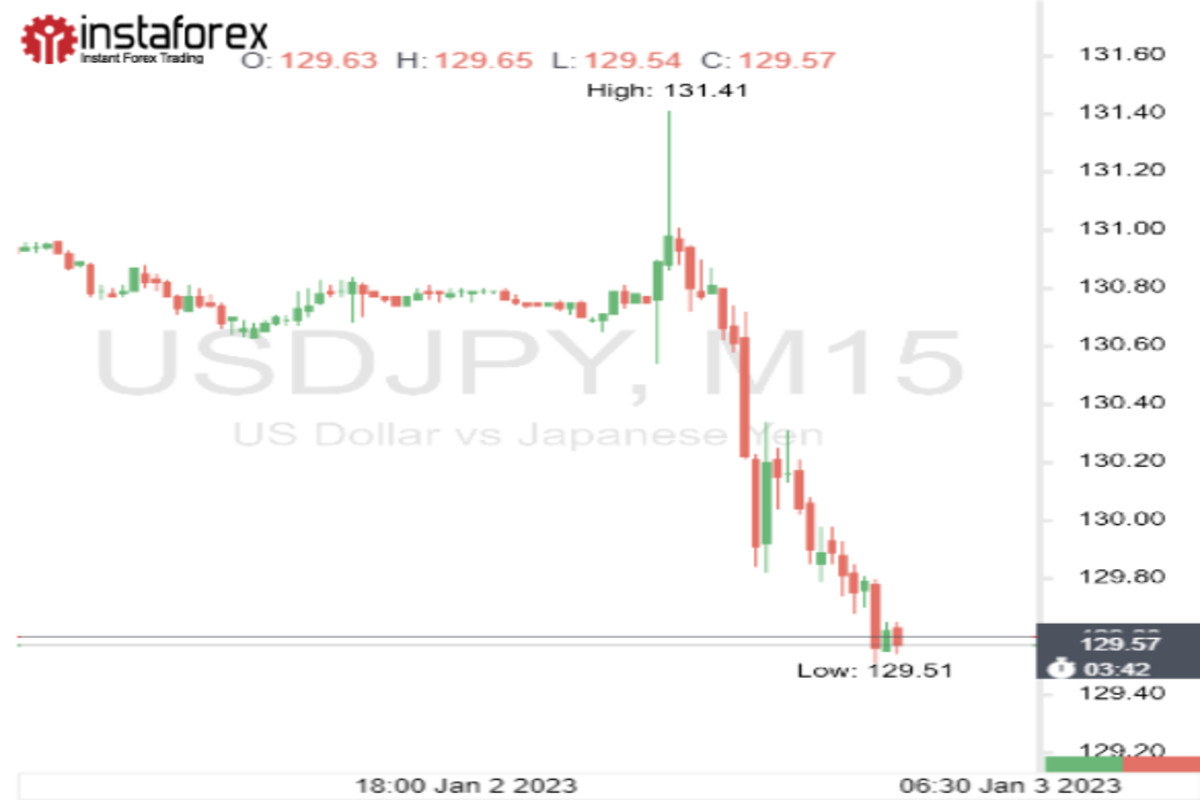
At the beginning of the new year, the USD/JPY pair is still in a bearish trend. Every day the quote is going deeper to the south, hitting one after another multi-month lows. However, analysts believe it is still far from the bottom.
This morning, the dollar-yen asset showed another resounding drop. The major lost about 160 points in just a couple of hours, bringing it to its lowest level since June at 129.79.

The sharp drop to the 6-month low was due to growing expectations regarding the possible pivot of the Bank of Japan.
Another surge of speculation on the subject came after Japan's Nikkei reported Saturday that the BOJ might revise its inflation forecast upward in January.
If the BOJ does indeed raise its consumer price growth forecast for 2023, it would further bolster traders' view that the central bank may soon be on a hawkish track.
Recall that the BOJ is the only major central bank in the world that still maintains an ultra-loose policy and keeps interest rates ultra-low.
In contrast to the BOJ, last year the US Federal Reserve took a sharp course towards tightening. This led to strong monetary divergence between the central banks, which weighed heavily on the JPY.
In October 2022, the JPY fell against the dollar to a 32-year low of 151.95. However, since then the Japanese currency has strengthened against its U.S. counterpart by more than 16%.
In November, USD/JPY was down 8.5% as traders had concerns about the slowdown in interest rate hikes in the US.
Last month, the yen gained more than 5% against the dollar. The main driver of its growth was the BOJ's surprise tweak to its bond yield control.
The BOJ's decision to allow 10-year bond yields to fluctuate by plus or minus 0.5 percentage points of its 0% target level was acknowledged by the market as the central bank's first step towards its monetary-policy normalization.
As we can see, now the fundamental picture, which favored the dollar's growth in 2022, is starting to change gradually in favor of the yen.
The Fed has already slowed the pace of its tightening, when it delivered a smaller rate hike of just 50 bps in December following four straight 75 bps hikes. At this stage, most traders tend to further reduce the degree of aggressiveness.
Meanwhile, the market is expecting hawkish actions from the BOJ. Many investors believe that BOJ will abandon its soft course in the second quarter of the year, after the current head of the central bank Haruhiko Kuroda will leave his post in April.
"I would expect an end to negative rates by April. This further removes obstacles for the yen to strengthen more," said Rajeev De Mello, a global macro portfolio manager at GAMA Asset Management.
According to the expert, at the moment the Japanese currency is significantly undervalued compared to its fair levels, which indicates its high growth potential.
Recall that recently former Japanese Vice-Minister of Finance Eisuke Sakakibara, known as "Mr. Yen", said in an interview last month that the yen may appreciate to 120 per dollar this year.
Generali Investments and Jupiter Investment Management have also flagged the same level as the next potential bearish target.
As for the near-term outlook, this week the quote is likely to keep its downtrend, unless, of course, the dollar bulls get some super-powerful trigger.
One of the catalysts for the pair may be tomorrow's release of the minutes of the Fed's December meeting. Traders hope the FOMC minutes will shed light on the future trajectory of interest rates in the US.
If the market views the Fed's rhetoric as hawkish, it will help the dollar recover its recent losses against the yen. Otherwise, the USD/JPY pair risks to collapse even more.
Also, this week investors will focus on the US jobs report, which will be released on Friday.
Positive data might push the dollar in all directions, including the USD/JPY pair, whereas negative data will push the greenback even higher, which will raise the demand for the yen.





















